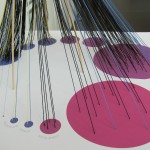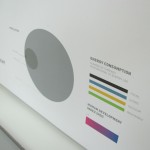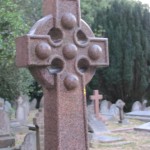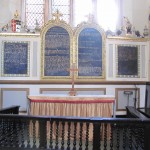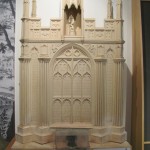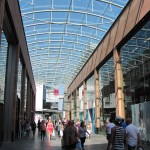URGENCHE and Exeter
Last Friday, the Fulbright four (myself, Catelyn, Veronica, and Cayla) began our day with a lecture from Professor Clive Sabel. Clive had already given us a personal tour of the Southwest of England, and at the end of our first week in England, was going to tell us about his research current project URGENCHE. URGENCHE, as I would describe it, is a comprehensive ethnography of metropolitan areas. It is currently operating in locations throughout Europe and China. We focused on the studies taking place in Switzerland and China which are examining the intended and unintended consequences of eco-friendly initiatives (or the lack thereof) on both the environment and its inhabitants. When examining the statistics from different areas, like eco-conscience Switzerland and not-so-eco-conscience China, it is startling to see the impact human infrastructure has on the natural environment and the complications involved in changing the status quo. Some seemingly benign interventions, like increasing mean time spent outdoors, can have unforeseen impacts, such as increased exposure to airborne pollutants. These compounding variables make it easy to see why environmental policy is never clear-cut. Clive’s research aims to create methodologies for urban impact assessment and increase the knowledge-base in these areas as well as expanding GIS usage for such studies. More information can be found on their website: http://www.urgenche.eu/
After our teaching came to a close, we decided to use our afternoon to enjoy more of what Exeter has to offer. We escaped the heat by taking a tour of the ancient Roman passageways that run beneath the city’s center. These passages were a plumbing marvel in their time and helped provide fresh, running water to city residents (mainly the Cathedral and the wealthy of course). They are the only medieval passageways of their kind open for tourism in England. Many of the others were filled in as keeping them requires maintenance to prevent cave-ins (extremely important for the Exeter tunnels since they run right under main street!). Most of the tunnels are walkable, although taller people may find themselves ducking often, but towards the end of the tunnels is the “Crawley Space”–an area made as narrow as possible and extremely fun to navigate through. After the tunnels, we continued to spend time around campus and in the town, visiting the Firehouse Pub, the Arabic and Islamic Studies Building, and St. Martin’s and St. David’s churches. I still have difficulty wrapping my head around the fact that some of these churches were built in the 1066′s!!
- Energy Project designed by students to represent the levels and types of energy used by different countries of different sizes
- Energy Project: close up of the countries (circles proportionate to population and strings representing energy used
- Energy Project: project key
- The Arabic and Islam Studies building on campus
- St. David’s church
- St. David’s cemetery
- St. Martin’s Church: the 10 Commandments
- St. Martin’s Church, entrance
- St. Martin’s Church
- The Exeter Passageways Exhibit
- The copice for drinking water in Exeter’s city center (in medieval times)
- Modern Exeter Shopping District
- Exeter City Clock Tower

